
Do you ever feel like social media is making us all stupider? I’ve been feeling that way a lot lately. People making things up, fake science, and people quoting from junk articles they’ve seen on Facebook. Can it get any stupider? Well, yes. Yes, it can! Let’s not travel down that rabbit hole just yet, though. Let’s talk about reversing the tide a bit. Let’s talk about slow social media. By the way, I enjoyed this article about Slow Social. You might, too.
Stop the ten-second videos
One reason I don’t log into certain video-sharing apps is because it’s easy to spend 15 hours looking at 10-second videos. You know what I’m talking about, right? Besides making me stupider, there’s a certain meanness to many of the videos. As if seeing someone falling down should be funny. Or hurting an animal should be entertainment. Or what about the “pranks” where someone pretends to spend $10,000 on a buttlift, and then the poor guy’s reaction. Really? How about if we just skip it?!
Social media whiplash
Watching non-stop videos of ridiculous subjects can give us all a kind of whiplash. You might not even remember what you just watched if you watch too much. I’ve said this before and I’ll say it again. Before you even open that app, know why you’re there and what you’re going to do. If you want to engage for ten minutes, do that. Set your timer, then get out! It’s kind of like going to the grocery store when you’re hungry. You end up mindlessly buying (or watching) things you don’t want. And you might not even remember why you bought something when you get home. If this rings a bell for you, you might like: Organizing Your Social Media So You Can Have a Better Life.
Fear of missing out (FOMO)
Do people really fear missing something on social media? Do you? How do we get over this idea, as a culture? If you take a break from being online, you’ll see that you’ll hardly miss anything at all. Try it! Did the world end? No, it did not! The only thing that will change, probably, is your level of relaxation. So take the yoga class. Go for a walk. Or eat the ice cream. Avoid Social Media Decision Fatigue Three Quick and Easy Ways.
Can we use the slow-food movement as a model?
With the pandemic, many people began to spend more time at home, cooking more. Slow food was already gaining ground, but it became even more important as we had more time to spend baking banana bread. I like to think that we could all use a little unscheduled, boring time, if you will. Times when nothing happens. Like rest notes in music, for instance. The slow-food movement began as a protest against fast food. Could we start a protest against fast social media? And even though I’m a social media manager, how about if we have a day when we stay off social media? Who’s with me on this?




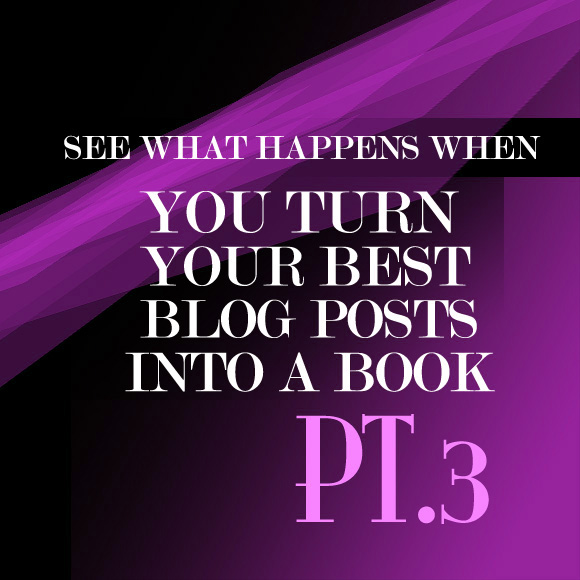
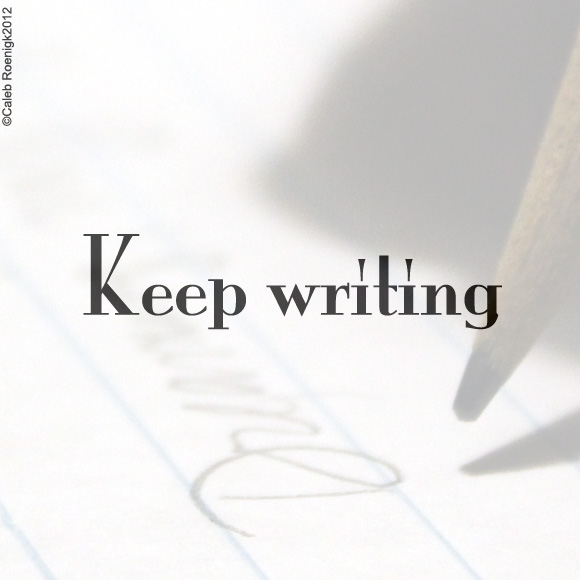

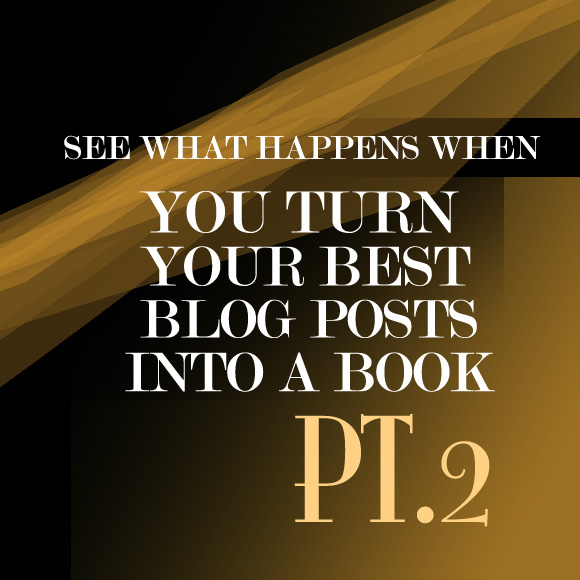




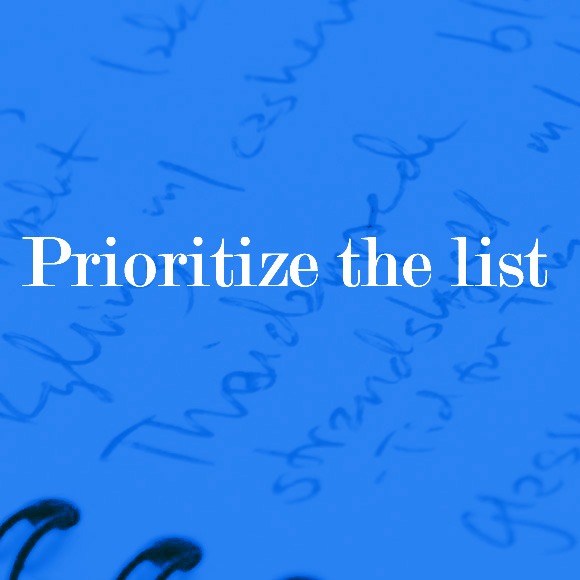

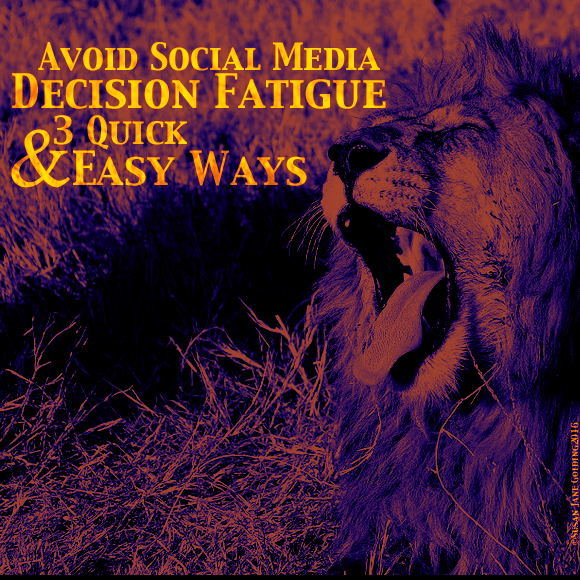

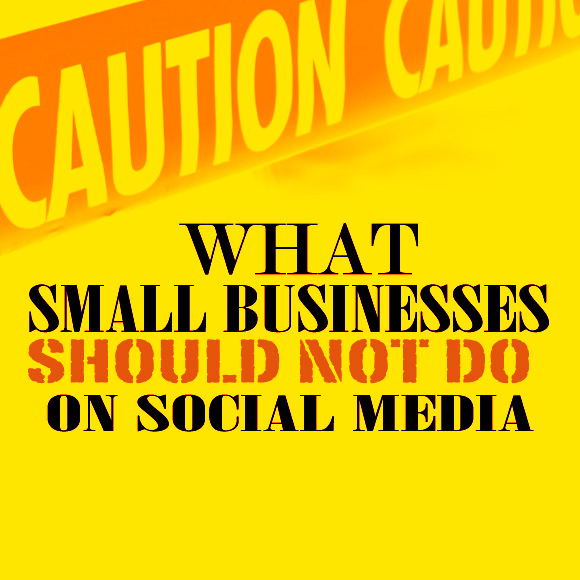

Follow Carol!